American Animals Delaware and Florida
Wildlife seen in the US states of Delaware and Florida
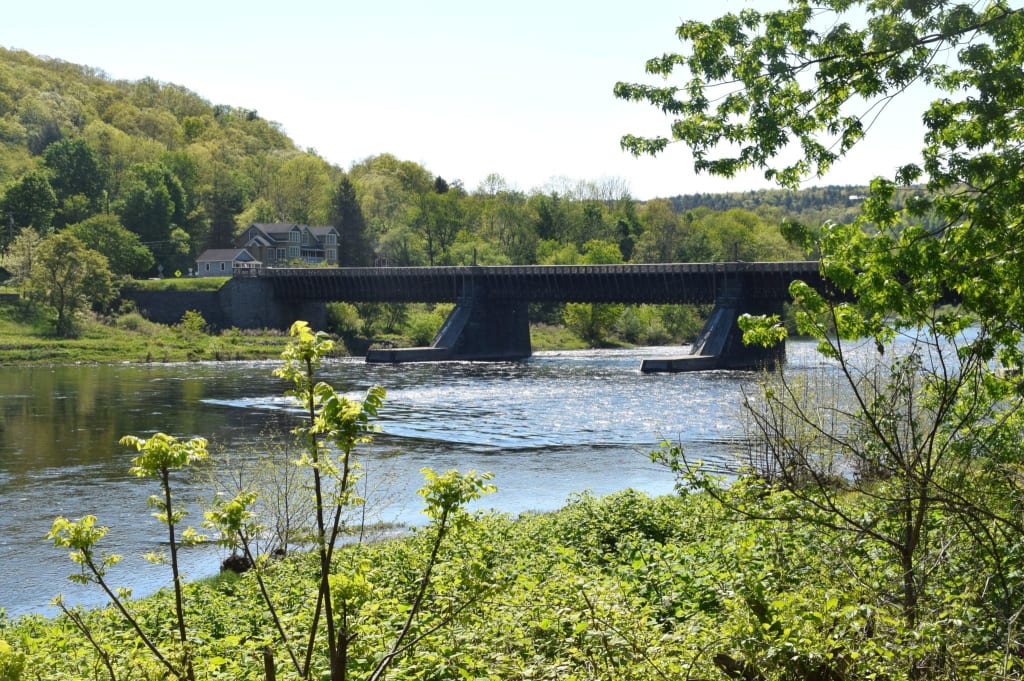
Wildlife of Delaware
The Upper Delaware Region offers the opportunity to observe a wide variety of animals. The park provides a safe haven for both land and water-dwelling species, protecting them from potential threats posed by human activities. Thanks to the Delaware River, these species can find a tranquil environment in which to flourish within the river valley.
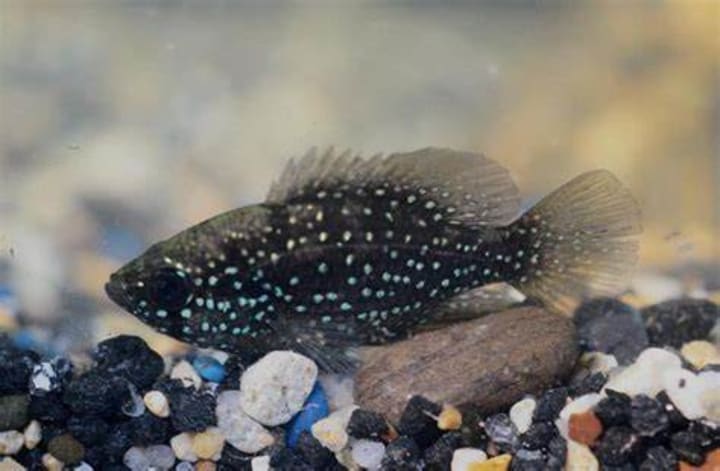
There are over 50 fish species that live in the river and its tributaries. Some of the species migrate between the Delaware River and the Atlantic Ocean like the American Eel and the American Shad. Others make their permanent home here such as the Blue-Spotted Sunfish.
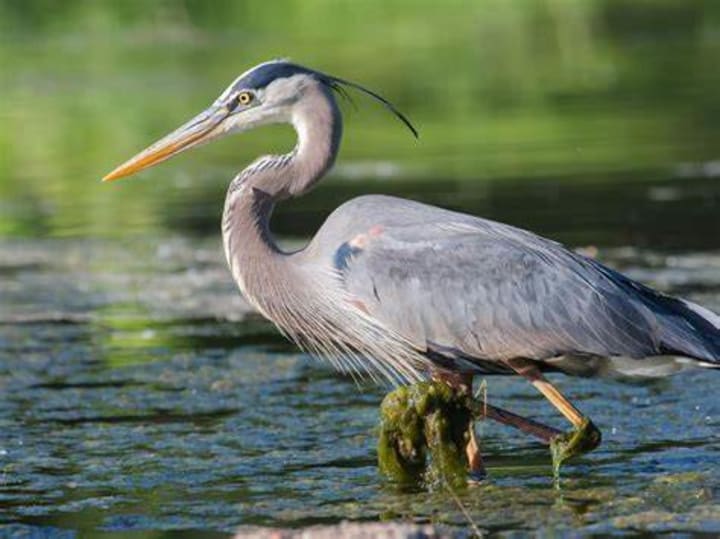
Visitors can enjoy seeing the Great Blue Heron wading in shallow water seeking fish, frogs, or small crustaceans.
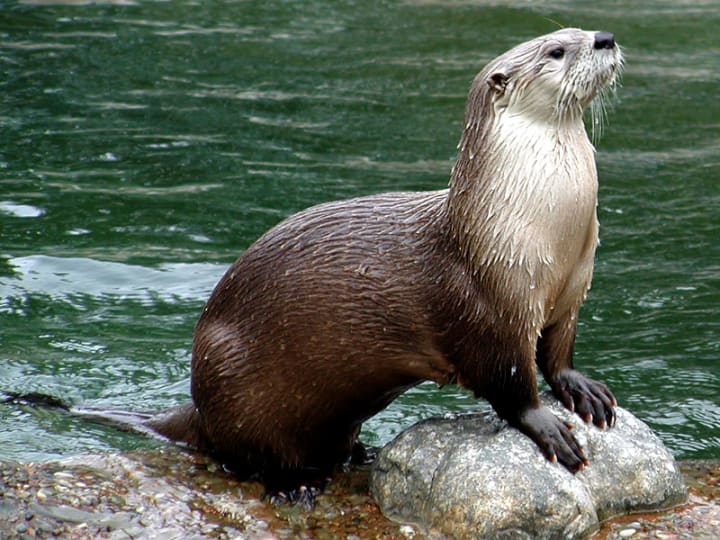
Now and then you might spot a River Otter either gliding on the water or sliding on the riverbank.
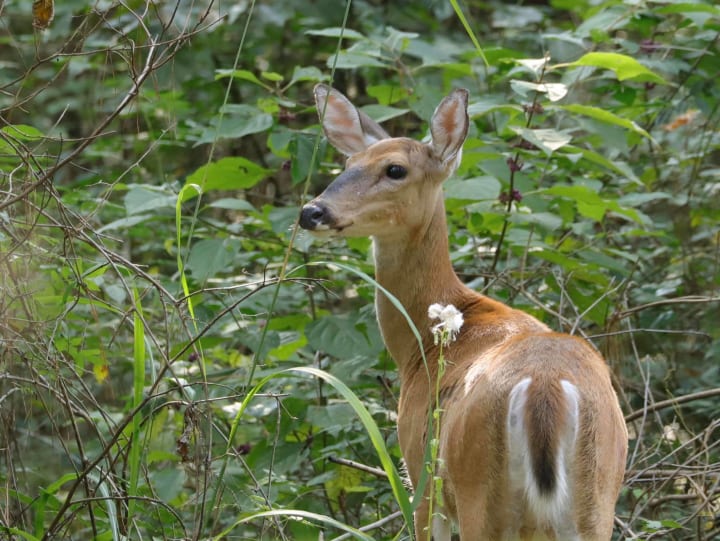
It is important to remember to watch carefully at dawn and dusk when White-tailed Deer might make their way across the roadways.
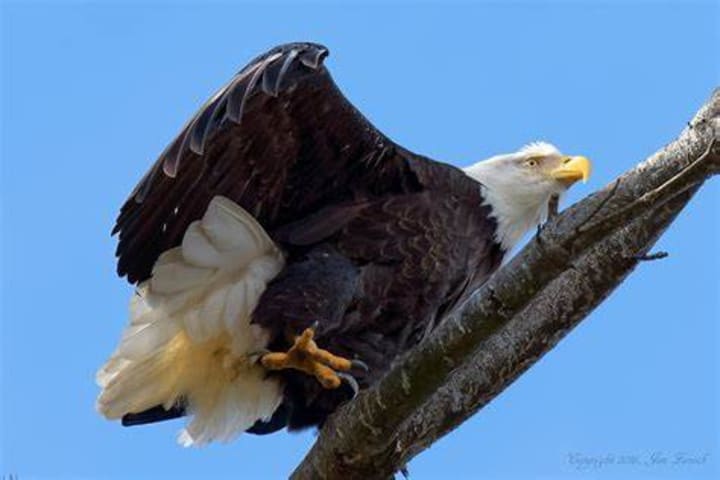
The Upper Delaware River plays a crucial role in the Atlantic Flyway, serving as a migratory route for birds traveling between their breeding and wintering grounds. Among the notable winter residents in this region is the Bald Eagle, which finds a consistent habitat along the river. The watershed of the Delaware River boasts one of the most significant populations of wintering Bald Eagles in the northeastern region.
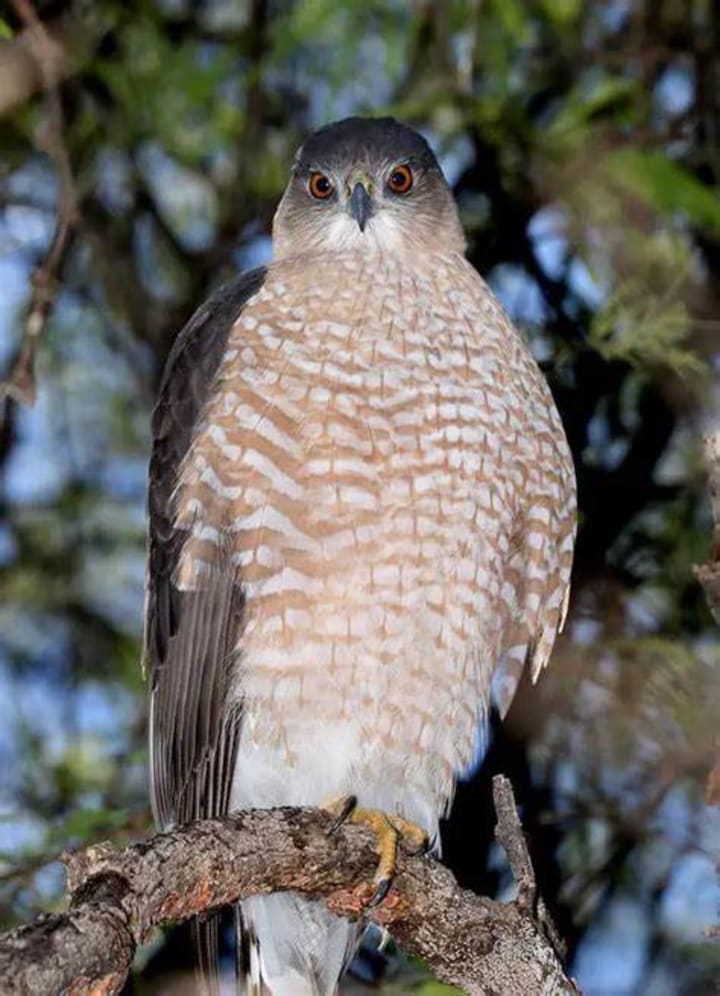
Other bird species include waterfowl, warblers, sparrows, hawks, and shorebirds making their way along the river corridor.
The Pennsylvania Audubon Society designated the Upper Delaware Scenic and Recreational River as an important Bird Area in 1998.
Mammals and Birds In the Everglades
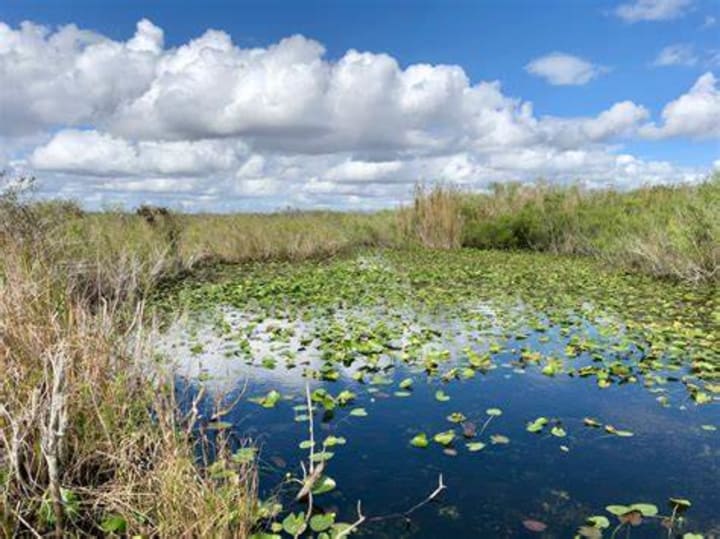
Everglades National Park in the US state of Florida has more than 40 species of mammals. These animals have adapted to living in the semi-aquatic environments of the Everglades. It has been designated a UNESCO World Heritage Site.
You can spot white-tailed deer looking for food among the sawgrass prairie and bobcats among the mangroves.
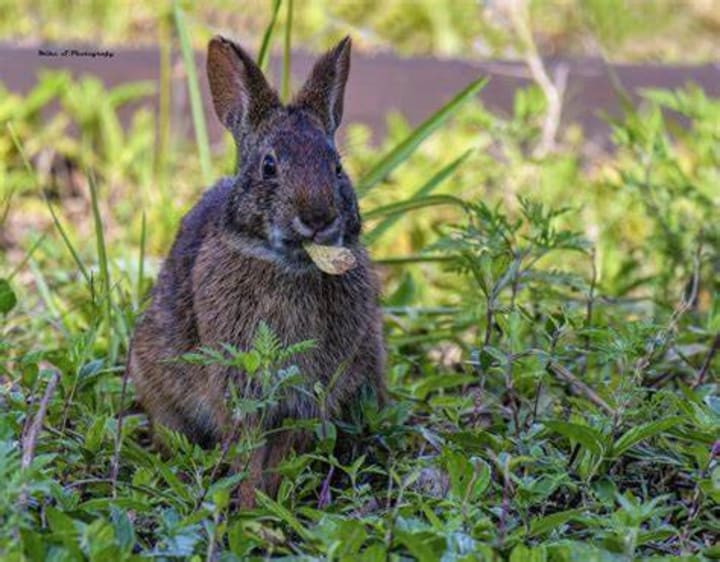
Among the rabbit family, there is the march rabbit which can be seen in the higher freshwater marshes, pinelands, and coastal prairies; They have adapted to swimming in this wet world. There are cottontails but they're not commonly seen.
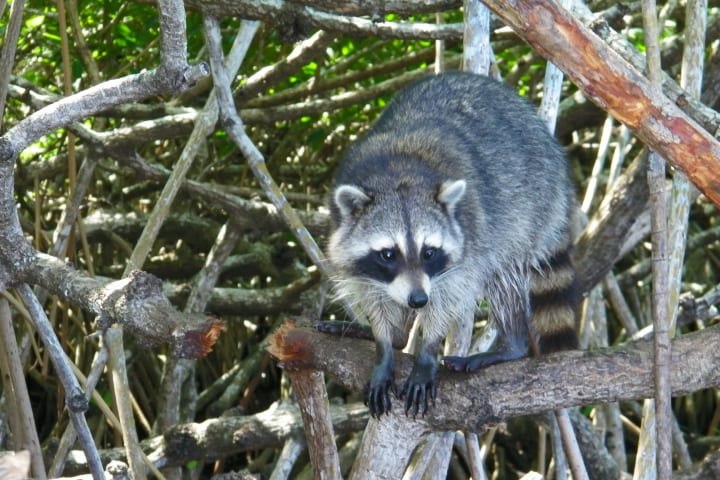
Raccoons and opossums make their home here. These are omnivores whose diets vary. Raccoons like turtle eggs and small aquatic animals.
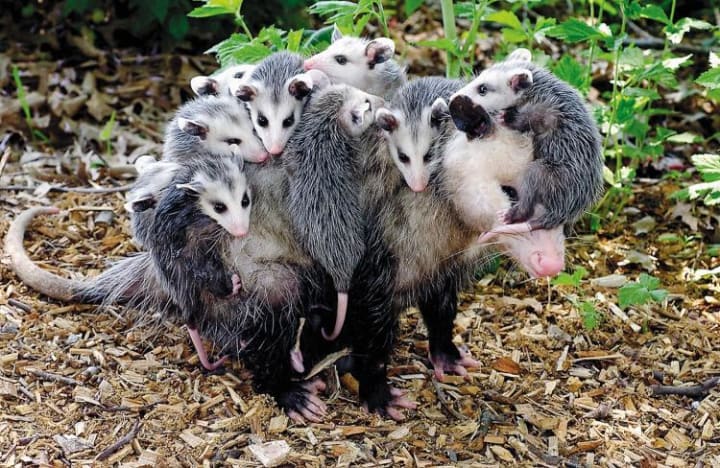
The opossum is the only marsupial in the Everglades.
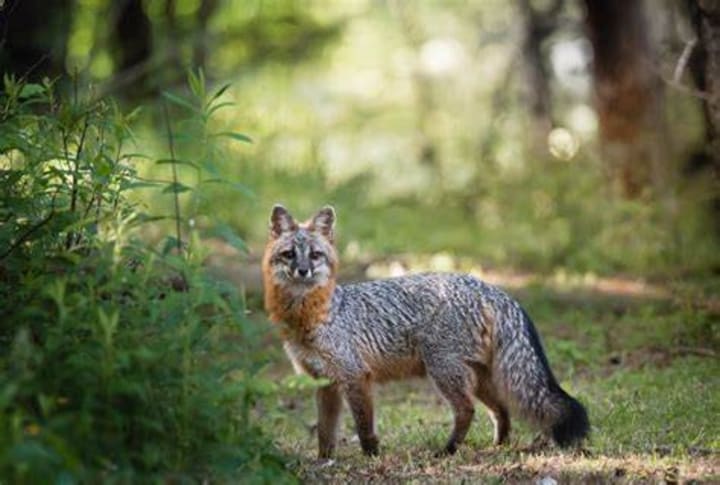
Near the hardwood hammocks, you can frequently see the gray fox. This is the only fox that can climb trees, particularly leaning trees. The gray fox likes bushes and makes its den in the ground under roots and in tree hollows.
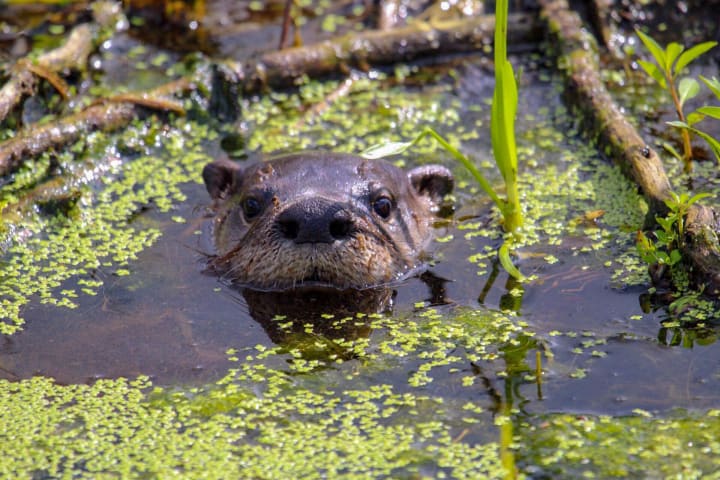
At the Anhinga Trail and Shark Valley you can see river otters. They have been referred to as the playboys of the glades. It is their webbed feet that let them swim quickly and they can be seen feeding on turtles, fish, and at times baby gators.
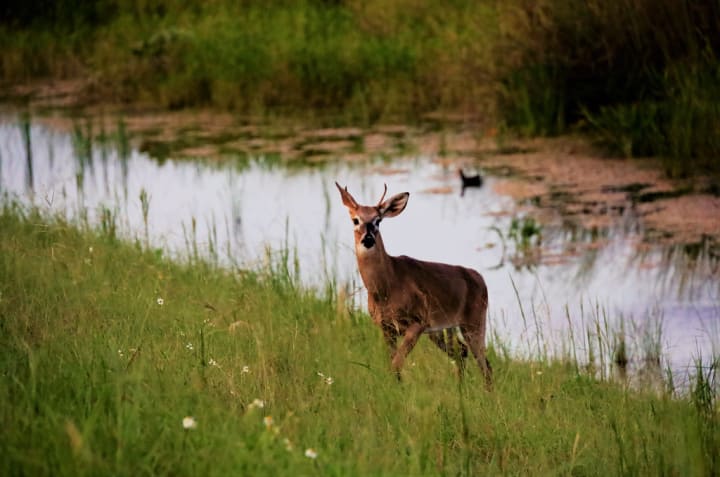
White-tailed deer here are smaller not needing an extra fat layer to protect them from the winter. These Everglades deer bed in hammocks when not feeding in the open sawgrass. In the spring fawns are born with white spots for camouflage.
All the animals and plants in the Everglades National Park are protected by law and for their safety and your own it is important to not feed or harass the wildlife.
Birds of the Everglades
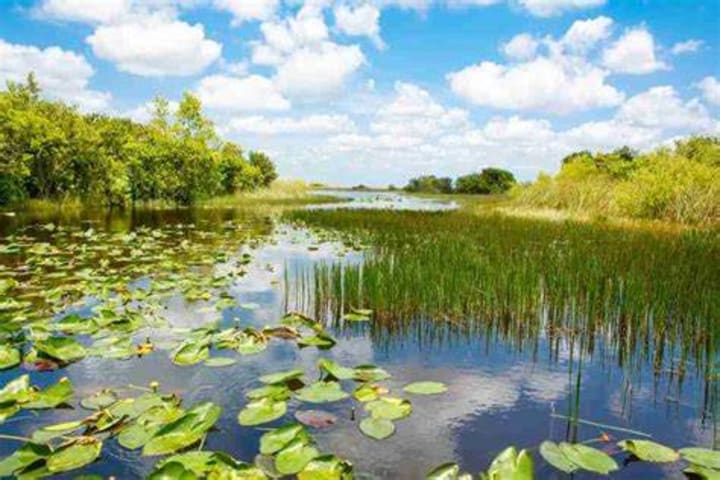
The River of Grass, known for its expansive and shallow waters, has been a magnet for a diverse array of avian species. Within the Everglades National Park, more than 360 distinct types of birds can be found, categorized into three groups: land birds, birds of prey, and wading birds. This serene environment provides ample opportunities for migratory birds to find nourishment, quench their thirst, recuperate from arduous journeys, and nurture their offspring.
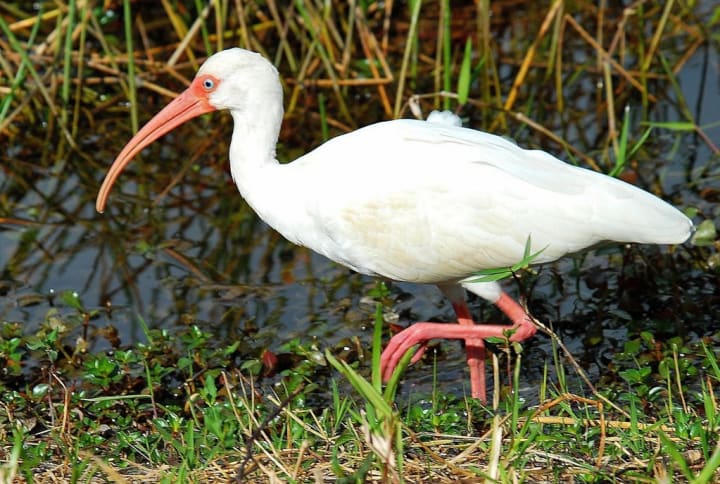
Among wading birds 16 different species make their home in the Everglades, They prefer to wade in the waters with their long legs and feed on fish. The ibis enjoy feeding on crayfish. This white bird with its long, slender, curved beak probes the mud searching for food.
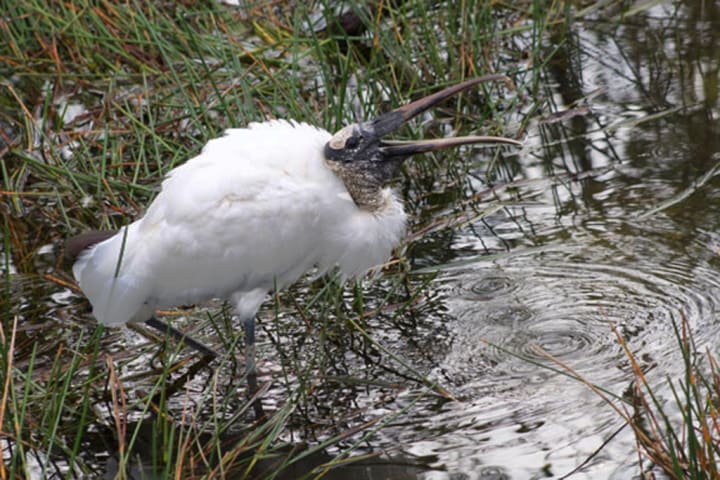
The wood stork is a large wading bird and while holding its beak in the water, shuffles its feet. The fish swimming away from its feet bump into the bird's beak and then it clamps down on them. Until 2014 the wood stork was listed as an endangered species and after as threatened.
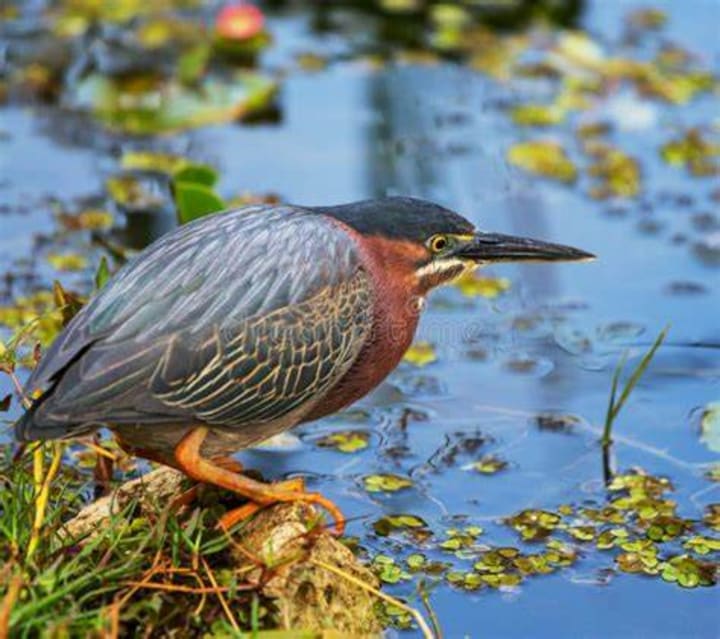
Here you can see one of the most common herons the green-backed heron. This is a small wading bird that stalks prey in shallow water or hangs from a low tree branch to quickly jab at fish.

Other wading birds you might encounter are the great white heron, great blue heron, great egret, snowy egret, tri-colored heron, little blue heron, cattle egret, reddish egret, black-crowned night heron, yellow-crowned night heron, least bittern, glossy ibis, and the very colorful roseate spoonbill.
Places to See Alligators and Crocodiles
The sprawling sawgrass marshes, flooded cypress forests, coastal mangroves, and estuarine water of the Everglade make it a perfect place to live for alligators and crocodiles.

Alligators prefer freshwater environments such as swamps, marshes, rivers, and lakes.
The Shark Valley Trail, Anhinga Trail, and Big Cypress National Preserve are the best places to see alligators in the park.

Crocodiles prefer making their homes in saltwater like the mangrove forests along the mainland coast, in coastal estuaries and in shallow Florida Bay.
The best places to see crocodiles are Flamingo Marina and Florida Bay.
About the Creator
Rasma Raisters
My passions are writing and creating poetry. I write for several sites online and have four themed blogs on Wordpress. Please follow me on Twitter.
Enjoyed the story? Support the Creator.
Subscribe for free to receive all their stories in your feed. You could also pledge your support or give them a one-off tip, letting them know you appreciate their work.






Comments (3)
i really enjoyed it thanks
share it to your friends please
support my article; https://vocal.media/earth/the-silent-desperation-of-climate-refugees